What is the speaker's tone in the following lines?
Beneath the gray and silent skies, I walk where shadows never fade,
Each echo of a vanished laugh, a memory time couldn't trade.
A. optimistic
B. reproached
C. determined
D. melancholy
D. melancholy
This poet from the 1800s was considered a recluse and often wrote poetry that explored the mind or emotions.
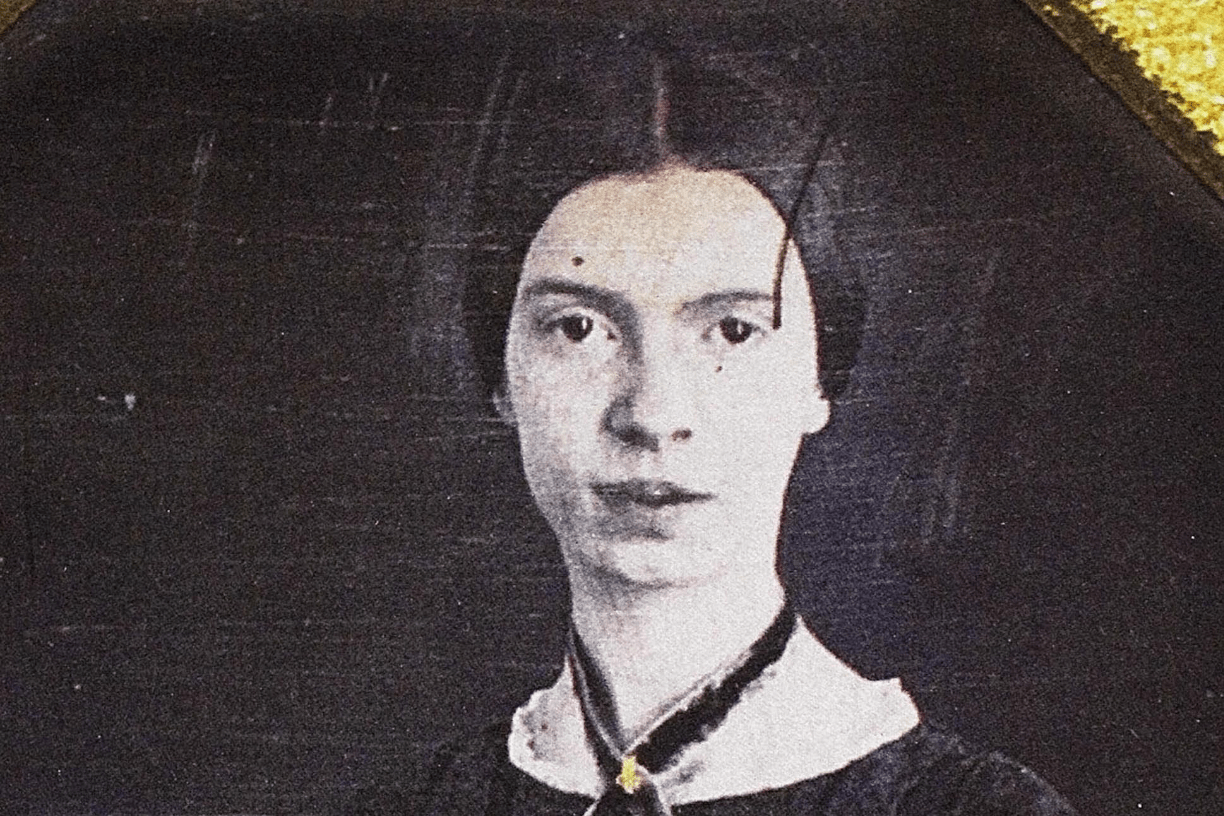
Emily Dickinson
This is a type of figurative language that occurs when a writer makes a comparison between two unlike things using "like" or "as."
simile
Name and identify one of these greats in jazz music history.
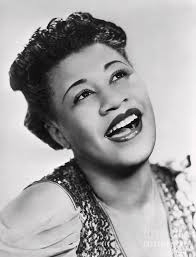

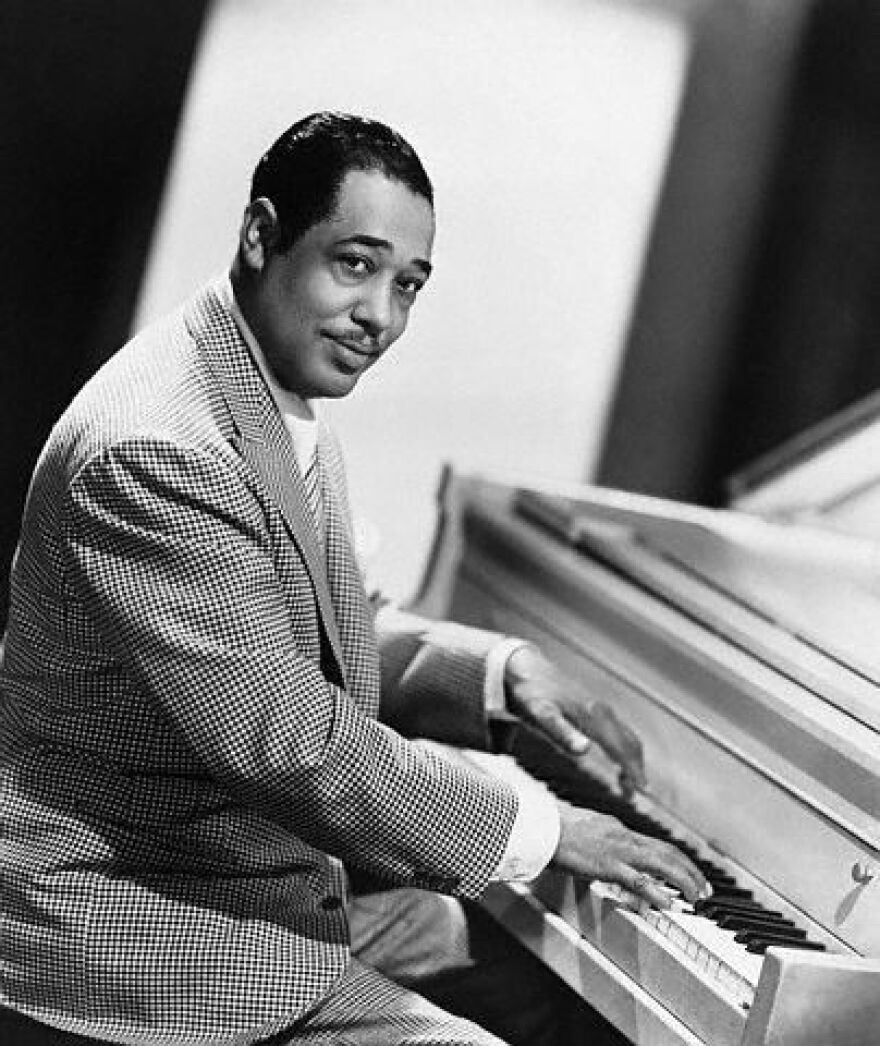
Ella Fitzgerald, Louis Armstrong, or Duke Ellington
"Little Bo-Peep" and "This Little Piggy" are examples of rhymes told to young children; they help children develop an "ear for" rhyming.
nursery rhymes
This word refers to a type to a writing technique used when you repeat the same word or phrase on purpose.
repetition
Which word best describes the tone of these lines?
They mess you up, your mum and dad.
They may not mean to, but they do.
A. spontaneous
B. irritated
C. upbeat
D. unbiased
This poet is considered the leader of the Harlem Renaissance; he writes many poems about the real world and several about dreams.
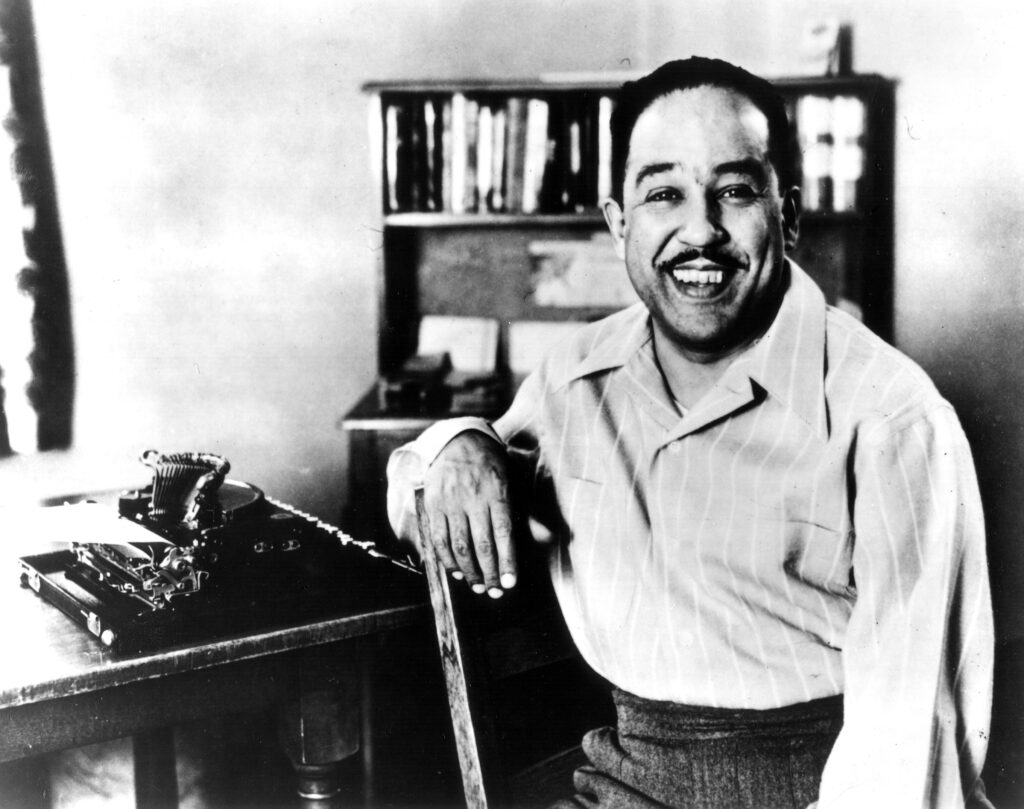
Langston Hughes
When language and words are meant to be interpreted for exactly what they mean, this is known as this type of language.
literal
This location in the state of Louisiana is where jazz music was born.
New Orleans
In a poem, this word describes two lines in verse next to each that share rhyming words.
couplet
This term describes the type of poetry that has many constraints or limitations; it must follow specific rules.
fixed form poetry
Which word best describes the speaker's attitude or tone in the poem?
Deep into that darkness peering, long I stood there wondering, fearing,
Doubting, dreaming dreams no mortal ever dared to dream before;
A. dismal
B. benevolent
C. stubborn
D. celebratory
A. dismal
This poet wrote during the Civil War and volunteered as a nurse for the Union army; his most famous collection of poems is called Leaves of Grass.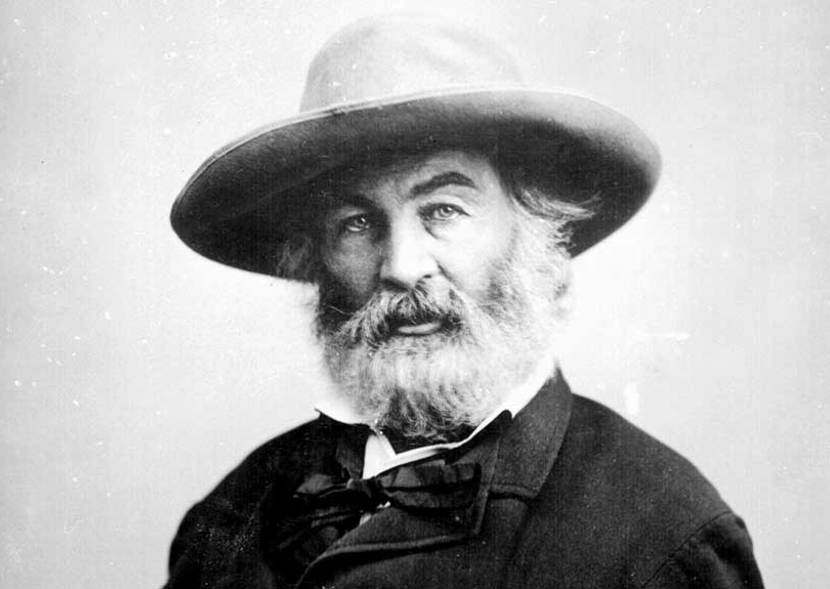
Walt Whitman
This type of poetic technique involves evoking images inside the readers head like "white mares" or "fiery licks"; it may appeal to the five senses.
imagery
This genre of music was an inspiration for jazz music; the music capture two feelings "suffering" and "hope". Ma Rainey was considered the mother of this music.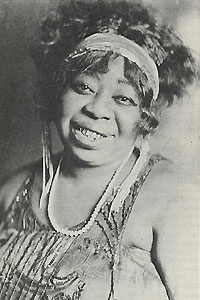
the blues
This term is used to describe the pattern of rhymes in a poem, like AABBCD for example.
rhyme scheme
This refers to the voice of a poem NOT the poet.
speaker
Which word best describes the tone of these lines?
My name is Ozymandias, king of kings;
Look on my Works, ye Mighty, and despair!
A. matter-of-fact
B. disconsolate
C. pretentious
D. bewildered
C. pretentious
This poet was inspired by jazz music, born in Kansas, and became the poet laureate of Illinois.
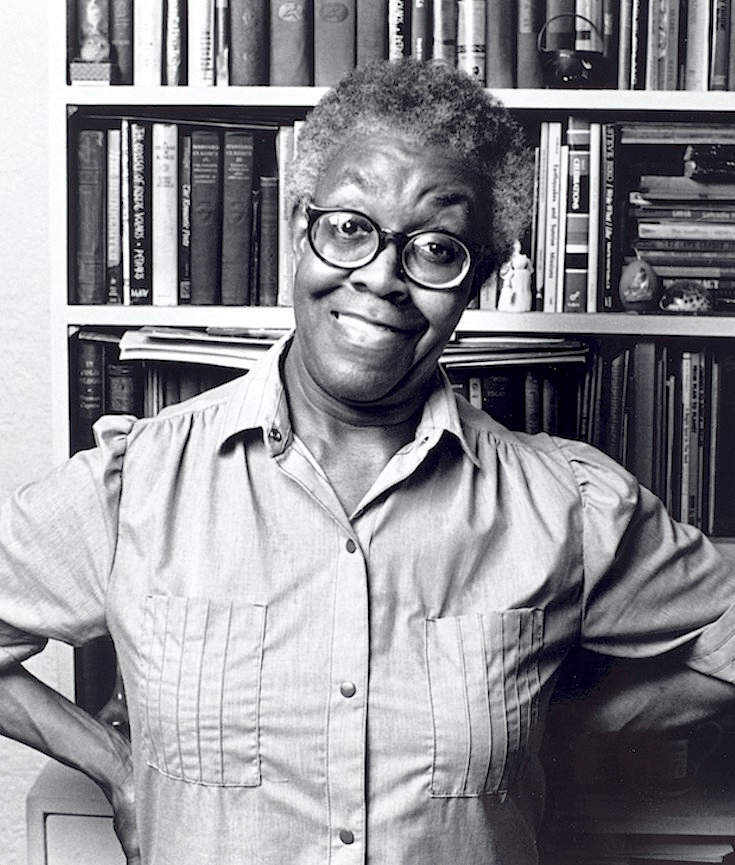
Gwendolyn Brooks
This is a strong comparison made between two unlike things; to take it a step farther, this kind of comparison occurs throughout the text.
extended metaphor
1920s America became known by this name because of the popularity and spread of jazz music.
The Jazz Age
When two words with similar sounds act as rhymes in a poem; they aren't called perfect rhymes but this. (Emily Dickinson's favorite!)
slant rhyme
This word refers to the various feelings or emotions that people attach to words; they may vary from person to person.
connotation
Which tone or attitude best describes the speaker in the following lines?
Shall I compare thee to a summer's day?
Thou art more lovely and more temperate:
A. distraught
B. vengeful
C. oppression
D. admiration
D. admiration
This author of "I Am Offering this Poem" blends the speaker and the subject.
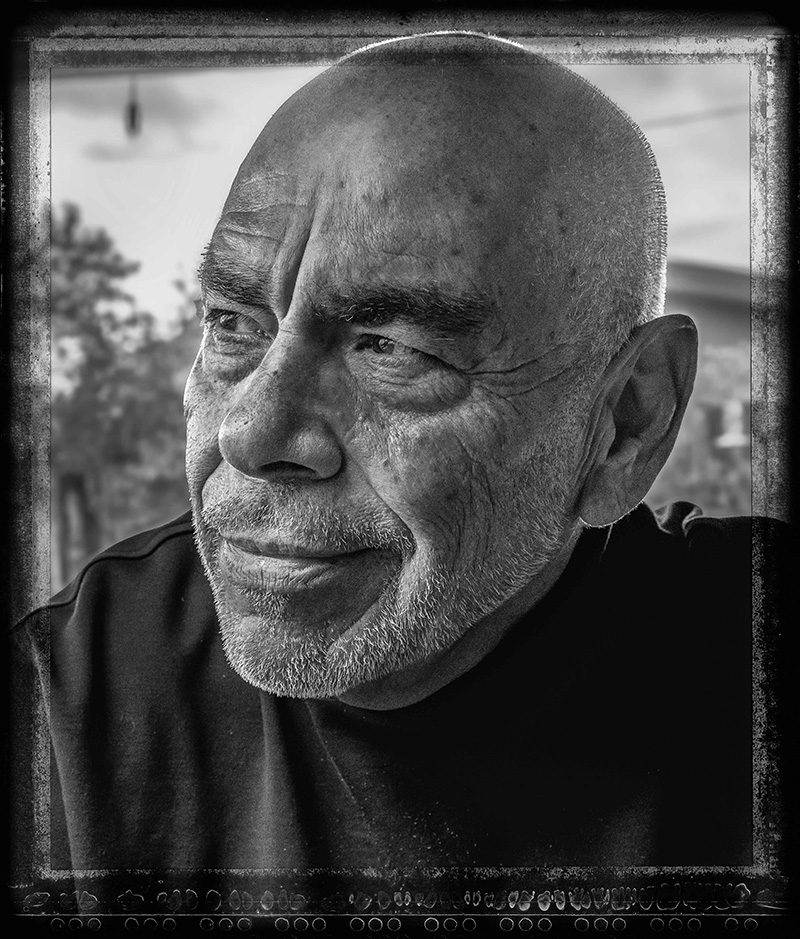
Jimmy Santiago Baca
Saying that something "costs an arm and a leg" or that someone is the "apple of your eye" are both overused phrases and examples of this.
cliches
"We real cool" is an example of jazz poetry because this poetic technique is used to stop in the middle of a line, which alters the traditional rhythm of a rhyming poem.
line break / ceasura / pauses / syncopation
In his sonnets, Shakespeare used this specific rhythm and meter; he paired unstressed syllables with stressed syllables.
iambic pentameter
This word describes the meaning that a reader makes from a poem; different readers may have different ones depending on their experiences and background.
interpretation